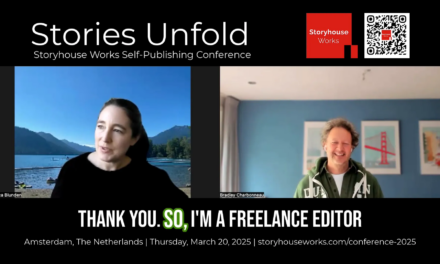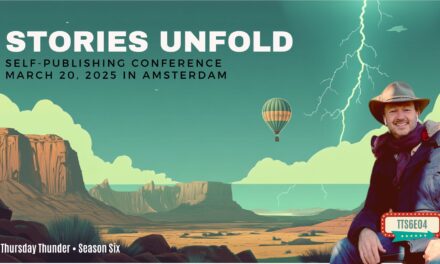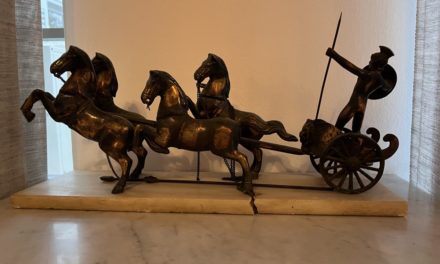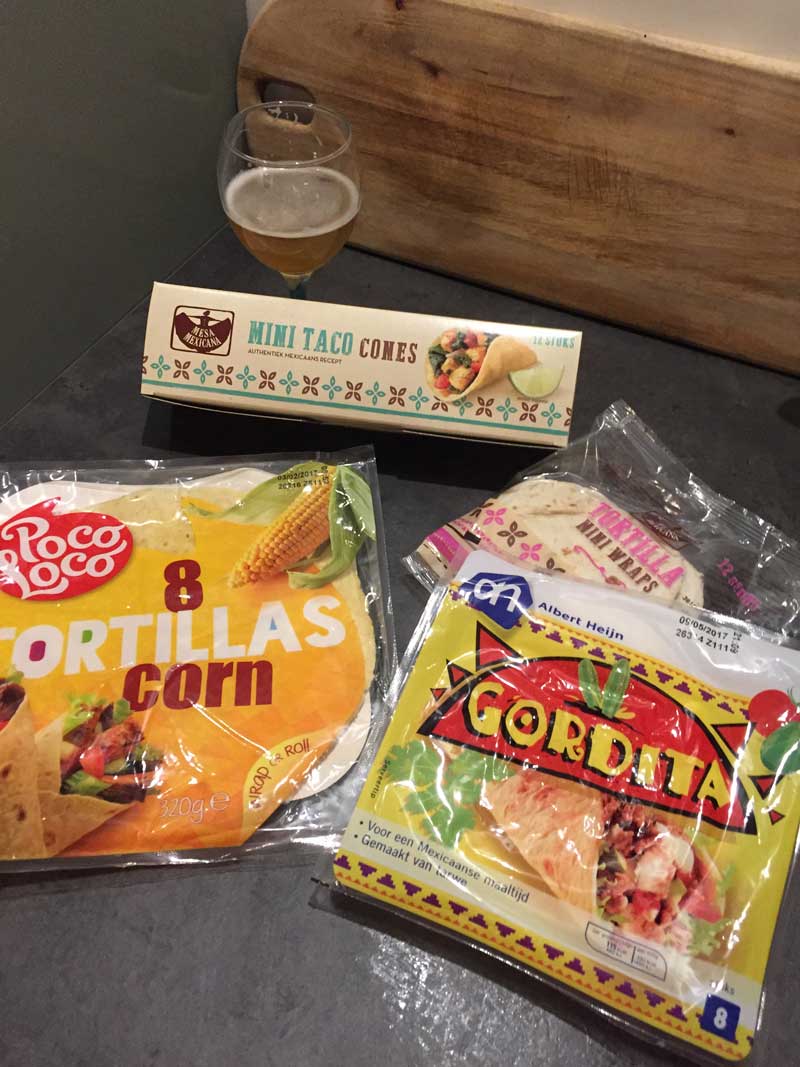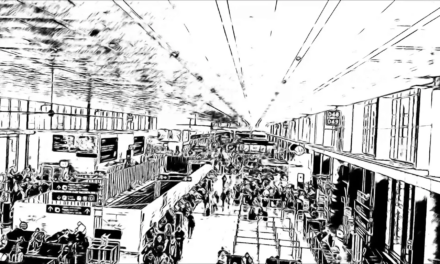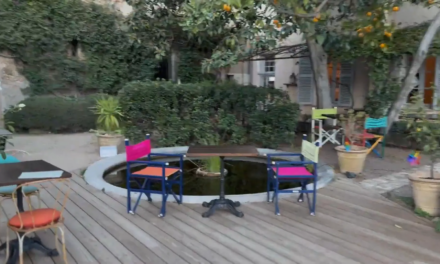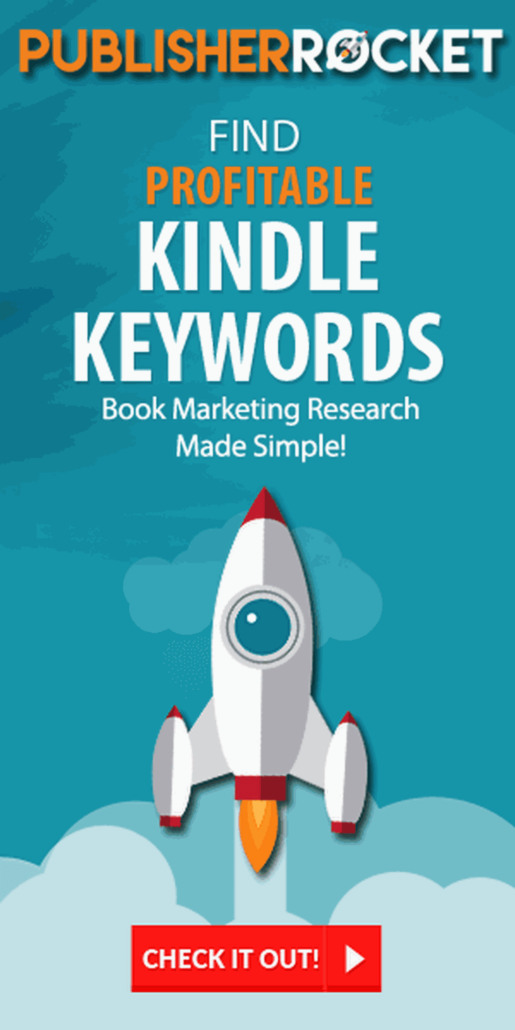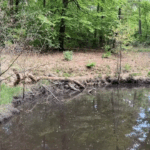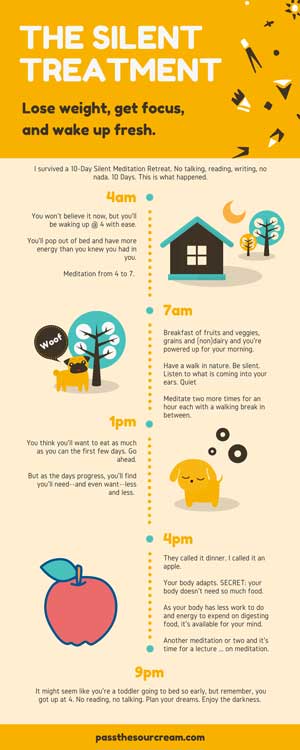
Flow: Downstream with a Paddle
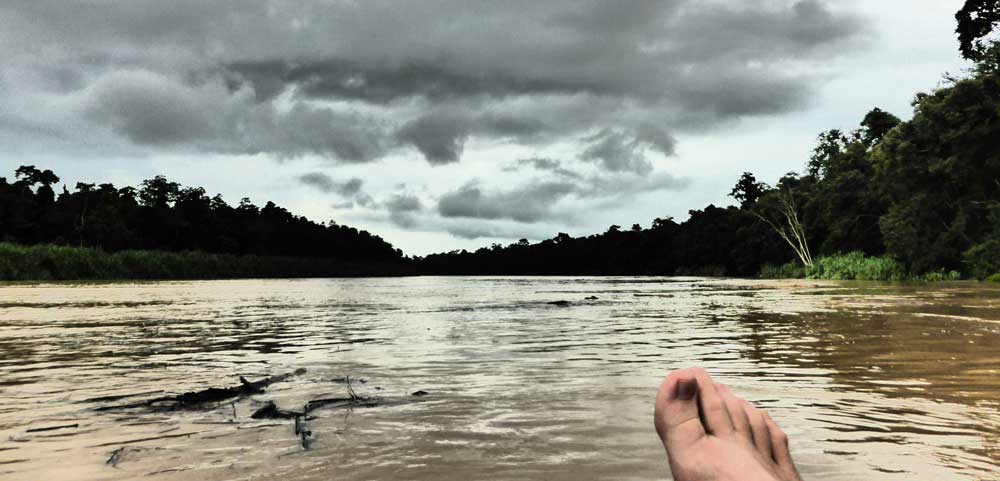
- Work: Upstream with a Paddle
- Pivot: Turn Your Ship Around
- Flow: Downstream with a Paddle
You might not trust it at first, but go with it. It’ll be OK.
If you’ve turned around your vessel and are now flowing with the current, it might seem too easy at first, but don’t worry, there’s plenty you can do.
When you look at the water next to you, it doesn’t seem to be moving–but it is. Now the land on the banks of the river are moving, but you’re not exerting any effort. How is this possible? You’re moving, but you’re not at your wit’s end. In fact, your whole environment is moving, it is streaming around you, but you’re caught up in it and you’re moving along with it.
It’s no longer you doing all of the work. Sure, you have to steer and guide and plot and plan–and you have to do this well. But you no longer have to do the heavy lifting. You are no longer on the path of the most resistance, but on the path of least resistance. It’s not that there is no resistance, you still have to keep afloat and guide, but you are now part of something bigger.
Enjoy it in case you think it won’t last. But the more you enjoy it, the more it will last.
It doesn’t seem to make sense that you can do some paddling and go even faster and farther with less effort. When you’re seemingly doing nothing, you’re still making progress.
But this is the trick, the secret, the part that’s hardest to believe: the hard part is behind you. The hard part was all of that upstream paddling, righting your ship in the direction that you know is where you need to go.
Dude, great. Thanks for all of the river analogies, I’m ready to book a river cruise. How do I get there?
I’m not sure there’s a map. Guidebooks might help you get to the river, but you’ll need to know which way to go first. Maybe it’s upstream for quite some time. Maybe turning the ship around takes a month, maybe it takes a year. I’d love (and hate) to say that you’ll know it when you know it, but that’s such a vague comment, but I don’t know how else to put it.
When the dust settles, when the silt of the river finds the bottom and the water is clear and the direction of the current is obvious and you’re not going that way. When you know what’s hard and not improving. When you feel that it’s just not working. Turn the ship around. It’s hard, it’s not fun, it’s painful. It might “cost” you more than you think it’s worth. But I think it’s one of those things that you just have to do.
You can always go back. You can turn back to the life you used to have. It won’t go away. I promise. The life you don’t really want to live is open with blazing lights and prizes. But you don’t want to go there. Go downstream. Believe that the flow that pulls you is real and not temporary. In fact, it’s just the beginning. It will get stronger and you’ll go faster, farther and with less “effort.” I put effort in quotes because it no longer feels like effort. You’re just flowing, you’re moving, you’re rolling along with the waves, the rapids and you’re wet, you’re not stopping for anything and in fact there is nothing that can stop you.
Flow Series
![Flow: when you find your path, take it. [Billit, Borneo, Malaysia]](https://passthesourcream.com/wp-content/uploads/ptsc-881c-flow.jpg)
Flow: when you find your path, take it. [Billit, Borneo, Malaysia]

